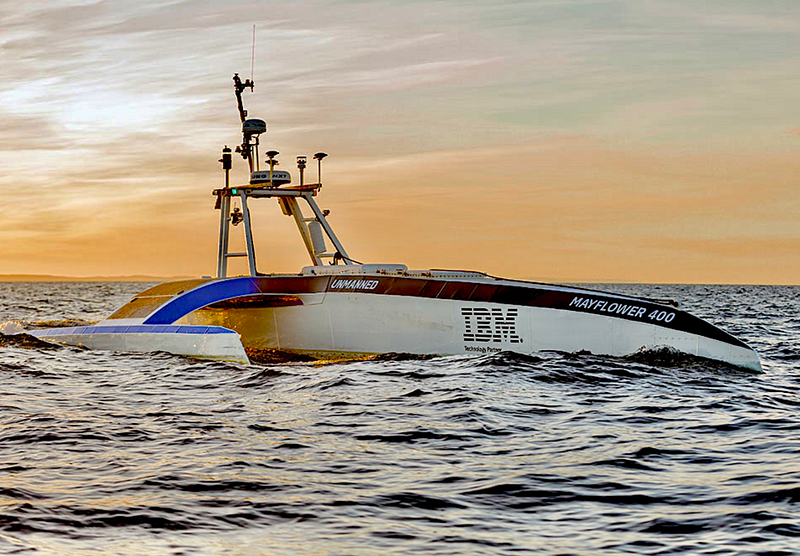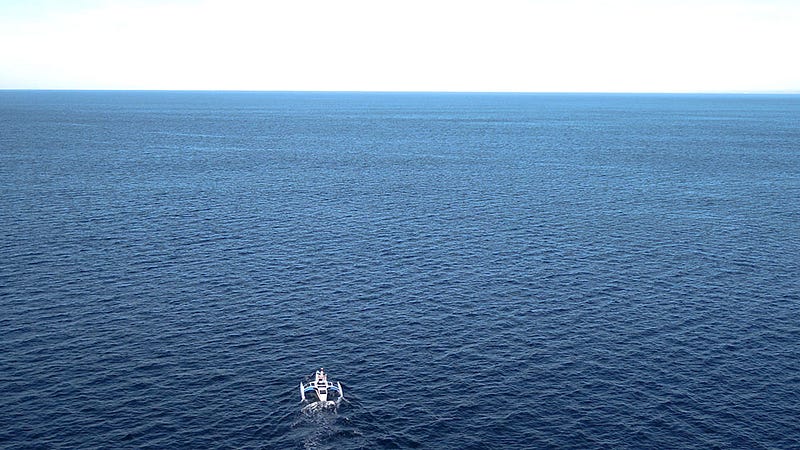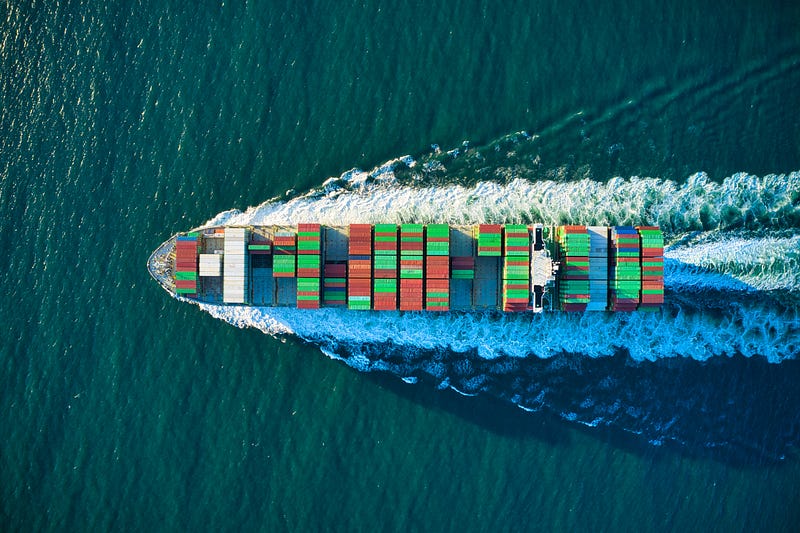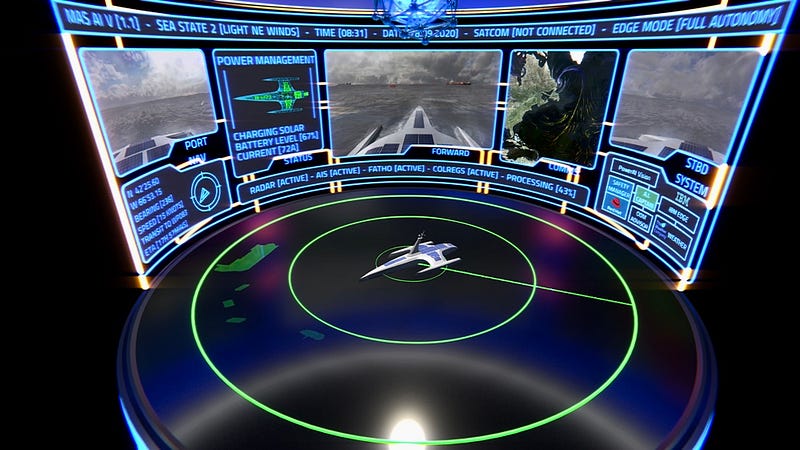Revolutionizing Shipping: The Future of the Mayflower Autonomous Ship
Written on
Chapter 1: Introduction to the Mayflower Autonomous Ship
The Mayflower Autonomous Ship represents a leap into the future of maritime technology, named to honor its historical counterpart. This innovative vessel doesn't feature traditional elements such as engines, fuel supplies, or crew quarters. Instead, it boasts advanced computer systems, AI, electric propulsion, and numerous solar panels, all designed to revolutionize the shipping industry. This groundbreaking initiative aims to significantly lessen humanity's carbon footprint.

Chapter 2: Specifications and Journey
What exactly is the Mayflower like? This solar-powered trimaran spans 50 feet and is equipped with IBM's AI navigation system along with an array of cameras and sensors. It can cruise at a speed of 10 knots (11.5 mph) while carrying a ton of cargo. Its mission was to become the first entirely autonomous ship to cross the Atlantic, which it successfully accomplished on June 5, 2022, completing a journey of 2,700 miles in just 40 days. While it aimed to replicate the original Mayflower's voyage from Plymouth, UK, to Cape Cod, Massachusetts, technical difficulties necessitated a diversion to Halifax, Nova Scotia.

Chapter 4: The Role of Solar Power
While solar-powered ships have been around for some time, they typically struggle with speed due to solar energy's limitations. The recent introduction of the Carbon Intensity Indicator (CII) rating system aims to align maritime operations with the Paris Agreement by enforcing strict emission limits based on carbon output relative to cargo weight. As regulations tighten leading up to 2050, many older vessels may need to slow down to comply, presenting a unique opportunity for ships like the Mayflower.

Chapter 5: The Future of Shipping
Although the Mayflower currently operates at half the speed of traditional cargo ships, future regulatory changes could see it sailing at similar speeds. This opens up the possibility for larger, scaled-up versions of the Mayflower to disrupt the shipping industry by offering carbon-neutral operations at competitive prices. With AI eliminating crew costs and solar power negating fuel expenses, companies could avoid CII fines while maintaining operational efficiency.

Conclusion: A Sustainable Future
The shipping industry is responsible for emitting around 940 million tonnes of CO2 annually, necessitating urgent solutions to mitigate this impact. The Mayflower serves as a powerful example of how AI and solar technology can collaborate to address this challenge. The advancements demonstrated by this autonomous ship remind us that the tools to foster a sustainable future are within reach, and we must continue to refine and implement these innovations before time runs out.
Watch the Major Equipment FAIL Day 4 of 18 Sailing Across the North Atlantic Ocean, showcasing challenges faced during the journey.
Join the journey in Let's CROSS THE NORTH ATLANTIC!! (+ tropical storm updates), highlighting the voyage's experiences.
